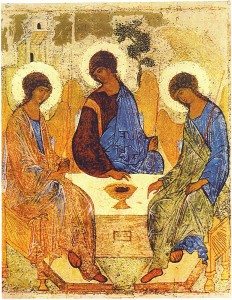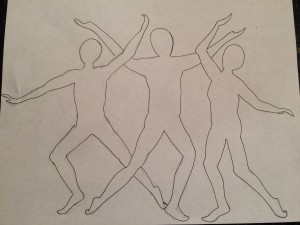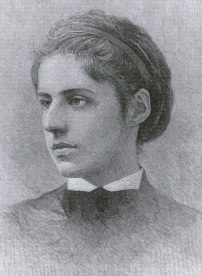For freedom Christ has set us free. Stand firm, therefore, and do not submit again to a yoke of slavery.
– Galatians 5:1
Beloved of God,
Two of our own, Eldon and Marcia Olson, began their 34 hour flight odyssey this week en route from Southwest Seattle to Southwest Africa for the Lutheran World Federation (LWF) gathering in Windhoek, Namibia. (You can read an article about their journey on page 3 below.) There they’ll be gathering with representatives from 145 Lutheran church bodies from around the world representing 74 million Lutherans from 98 countries.
This LWF gathering during this 500th anniversary year of the Reformation centers on a central theme and three sub-themes. The central theme is: Liberated by God’s Grace. This theme articulates two pivotal insights of Lutheran theology: the prevalence of God’s grace when it comes to justification, and the gift of freedom that results from God’s transformative action. The theme tells us that the gracious love of God, through the life and ministry of Jesus Christ, opens up opportunities for us as faithful Christians to reach out as healers and as people able to reconcile to a world torn apart by strife and inequality. “We are liberated by God’s grace,” the theme suggests, “but from what and for what?” These questions lead to the three sub-themes: CREATION is not for sale; HUMAN BEINGS are not for sale; SALVATION is not for sale. We are freed by the grace of God to engage in this Christian ministry.
The fact that the Lutheran Church of Namibia is hosting the gathering is of particular interest to me because the presiding Bishop of the Lutheran Church in Namibia is Dr. Shekutaamba Nambala, whom I met at Luther Seminary when both of us were students—I working on my M.Div. and he on his PhD. We met during a class we were both taking on the Holocaust, and our families, who lived in adjacent housing complexes, became acquainted. I recall riding together and talking with Shekutaamba in the backseat of a car on our way to a Holocaust lecture. My theological understanding of LIBERATION BY GOD’S GRACE expanded through interactions with Pastor Nambala and other students from around the globe. Their voices and experiences helped me move from the “WHAT” of freedom in Christ, to the “SO WHAT.” The Lutheran Church in Namibia played important roles both in the liberation struggle against apartheid and in the Namibian struggle for independence. Liberation in the Namibian context meant refusing to “submit to a yoke of slavery” any longer. As incidents of intertribal conflict and even genocide have unfolded on the African continent over the 30+ years since we met, I’ve often wondered about the trajectory of Dr. Nambala’s ministry.
As I surfed the internet this week I found an article highlighting Dr. Nambala’s comments at the funeral of a regional Namibian political officer. It seems that on the casket, the flag of the political organization to which she belonged was laid on top of the Namibian national flag. Bishop Nambala took exception to this practice and called for national unity. The members of competing political parties are all God’s people, he said. Tolerance towards one another is needed. He called on his country’s national administration to ensure equal distribution of national wealth and to refrain from serving personal interests. I think there is much in these statements made in his context that rings true in our own as well.
We have indeed been liberated by God’s grace, as St. Paul, and Martin Luther after him, both affirm. Lutherans have trumpeted that truth for half a millennium now. Yet the questions remain: From what? And for what? These are questions each Christian community—wherever its location around the globe—must ask continually. And the answers we give must be as concrete and enfleshed as the ministry of Jesus himself: full of invitation, reconciling conversations, bold truth, acts of healing, transforming encounters, gifts of forgiveness, lavish love. Such liberating gifts as these are not commodities that can be traded or brokered way. They are not for sale. They can only be given away.
Pastor Erik



 The opening stanza of Brian Wren’s hymn on the Trinity reads:
The opening stanza of Brian Wren’s hymn on the Trinity reads:


